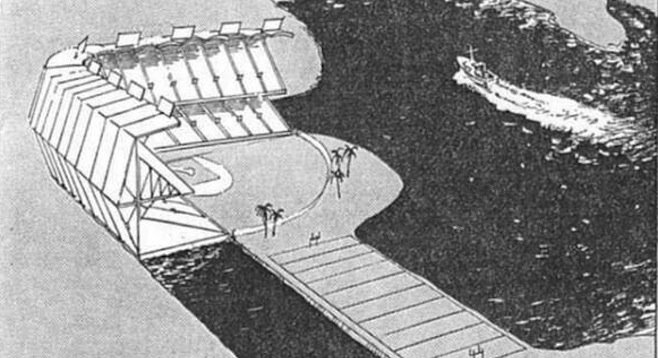 Facebook
Facebook
 X
X
 Instagram
Instagram
 TikTok
TikTok
 Youtube
Youtube

"The Strike Zone," a feature of Sports Illustrated, pointed out on February 28 that half a century ago, San Diego considered a floating sports stadium.
It would float on Mission Bay, attached to Fiesta Island. It was proposed by Barron Hilton, original owner of the Chargers. It would seat 53,000. There would be a 13,000-seat main grand stand behind home plate.
Then, two separate 20,000-seat grandstands would float to attach to the landlocked 13,000-seat portion. The floating stands could be moved to straddle a football field just down the way.
However, the price tag escalated to $41 million, double the original estimate of $20 million. Thus, the landlubber stadium now known as Qualcomm was built for a mere $27 million.


"The Strike Zone," a feature of Sports Illustrated, pointed out on February 28 that half a century ago, San Diego considered a floating sports stadium.
It would float on Mission Bay, attached to Fiesta Island. It was proposed by Barron Hilton, original owner of the Chargers. It would seat 53,000. There would be a 13,000-seat main grand stand behind home plate.
Then, two separate 20,000-seat grandstands would float to attach to the landlocked 13,000-seat portion. The floating stands could be moved to straddle a football field just down the way.
However, the price tag escalated to $41 million, double the original estimate of $20 million. Thus, the landlubber stadium now known as Qualcomm was built for a mere $27 million.
Comments